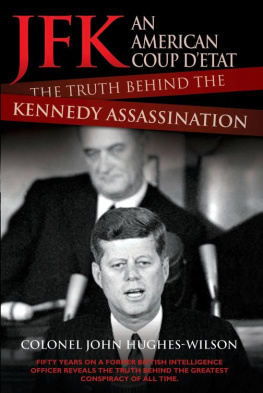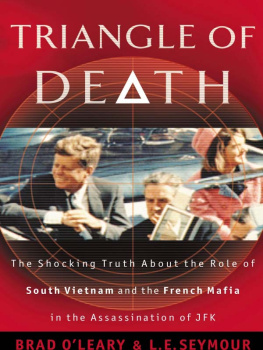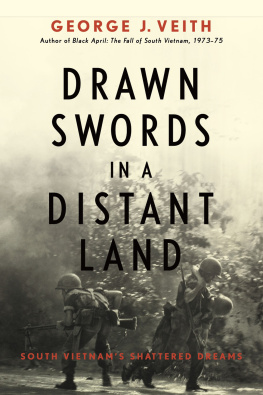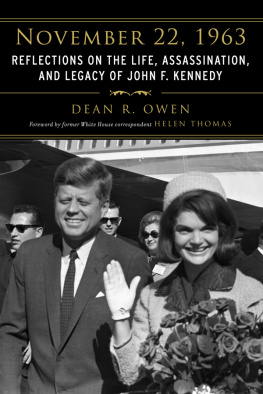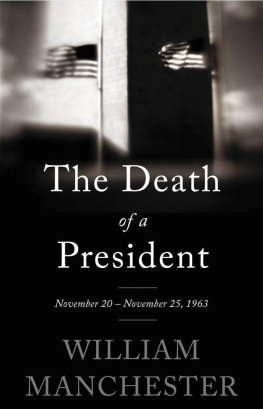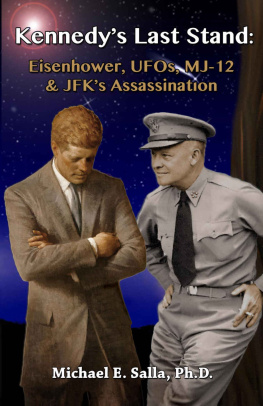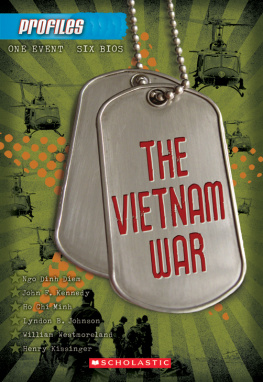Finding the Dragon Lady
Copyright 2013 by Monique Brinson Demery.
Published in the United States by PublicAffairs,
a Member of the Perseus Books Group
All rights reserved.
No part of this book may be reproduced in any manner whatsoever without written permission except in the case of brief quotations embodied in critical articles and reviews. For information, address PublicAffairs, 250 West 57th Street, 15th Floor, New York, NY 10107.
PublicAffairs books are available at special discounts for bulk purchases in the U.S. by corporations, institutions, and other organizations. For more information, please contact the Special Markets Department at the Perseus Books Group, 2300 Chestnut Street, Suite 200, Philadelphia, PA 19103, call (800) 8104145, ext. 5000, or e-mail .
Book design by Cynthia Young
Library of Congress Cataloging-in-Publication Data
Demery, Monique Brinson, 1976
Finding the Dragon Lady : the mystery of Vietnams Madame Nhu /
Monique Brinson Demery.
pages cm
Includes bibliographical references and index.
ISBN 978-1-61039-282-2 (e-book)
1. Tran, Le Xuan, 19242011. 2. Politicians spousesVietnam (Republic)Biography. 3. Vietnam (Republic)Politics and government. I. Title.
DS556.93.T676D46 2013
959.77043092dc23
2013021155
First Edition
10 9 8 7 6 5 4 3 2 1
Finding the
Dragon Lady

THE MYSTERY OF
VIETNAMS
MADAME NHU
MONIQUE BRINSON DEMERY

PUBLICAFFAIRS
New York
Contents

TO READERS ENCOUNTERING them for the first time, Vietnamese names can seem confounding. The family name comes first, followed by the middle nameor namesand then the first, or given, name. Additionally, an overwhelming number of people share relatively few last names. Tran and Ngo are more common in Vietnam than Johnson or Smith in the United States. The middle name is no help in distinguishing among brothers and sisters, as parents often give their offspring the same middle names. That was the case in the Ngo family; the six male siblings all had the middle name Dinh, and in the case of the Chuongss daughters, Madame Nhu and her sister had the same two middle names, Thi and Le. Thi is a common middle name for girls, but in the case of Madame Nhu and her sister, they dropped the Thi in practice and used Le as a prefix to their given names.
The accepted way to refer to a Vietnamese person is by their given name, even in the most official settingshence, the president of the Republic of South Vietnam was called President Diem and not President Ngo. One notable exception to this rule is Ho Chi Minh. In his case, he has been decreed so esteemed and so well known that his last name is sufficient.
I struggled over what to call various Vietnamese people in this book, but when I made a decision, I tried to be consistentexcept in the case of Madame Nhu. In the chapters that depict her early years, I use the name her parents gave her: Tran Le Xuan. While women typically keep their family name after they marry, in the case of both Madame Nhu and her mother, Madame Chuong, I have chosen to refer to them the way that they are commonly spoken of in the United States, where this book was written and published.
Per the guidelines set out by the Chicago Manual of Style, 16th ed., I decided to abandon the use of diacritics in spelling Vietnamese names and places but to retain accents for French words. In Vietnamese, diacritics convey the languages seven tones, and words that may look the same on paper without marks may have very different meanings once assigned tones through diacritics. I apologize for any inadvertent offense stemming from my efforts to simplify these spellings for my readers.
Tran Van Chuong: Madame Nhus father; also the South Vietnamese ambassador to the United States under President Ngo Dinh Diem
Nam Tran Tran Van Chuong (also Madame Chuong, Tran Thi Nam Tran): Madame Nhus mother
Tran Thi Le Chi: Madame Nhus sister
Tran Thi Le Xuan: Madame Nhus childhood name
Tran Van Khiem: Madame Nhus brother
Ngo Dinh Kha: Father of Ngo Dinh Nhu and Ngo Dinh Diem
Ngo Dinh Khoi: Eldest Ngo brother, killed by the Communists in 1945
Ngo Dinh Thuc: Nhus older brother, archbishop of Hue
Ngo Dinh Diem: Nhus older brother; president of the Republic of South Vietnam, 19551963
Ngo Dinh Nhu: Madame Nhus husband and chief political advisor to Diem
Ngo Dinh Can: controller of Hue and surrounding areas during the presidency of his brother Diem
Ngo Dinh Luyen: youngest Ngo brother; served as ambassador to the United Kingdom
Ngo Dinh Le Thuy: Madame Nhus oldest daughter
Ngo Dinh Trac: Madame Nhus older son
Ngo Dinh Quynh: Madame Nhus younger son
Ngo Dinh Le Quyen: Madame Nhus youngest daughter
That hands like hers can touch the strings
That move who knows what men and things
That on her will their fates have hung,
The woman with the serpents tongue.

Last stanza of William Watsons poem The Woman with the Serpents Tongue. The poem was recited in its entirety in front of the US Congress by Ohio senator Stephen Young on October 3, 1963, in protest of Madame Nhus upcoming visit to the United States. See New Poems by William Watson (Cambridge, UK: The University Press, 1909), 3233.
B Y THE TIME I STARTED LOOKING for Madame Ngo Dinh Nhu, she had been living in exile for over forty years. In 1963, at the height of her fame, the New York Times named the thirty-nine-year-old First Lady of South Vietnam the most powerful woman in Asia and likened her to Lucrezia Borgia. But it was Madame Nhus reputation as the Dragon Lady that brought her real distinction. When Buddhist monks were setting themselves on fire in the streets of Saigon, Madame Nhus response was unspeakably cruel: Let them burn, and we shall clap our hands, she had said with a smile. If the Buddhists wish to have another barbecue, I will be glad to supply the gasoline and a match. The dangerous, dark-eyed beauty quickly became a symbol of everything wrong with American involvement in the Vietnam War.
Next page

